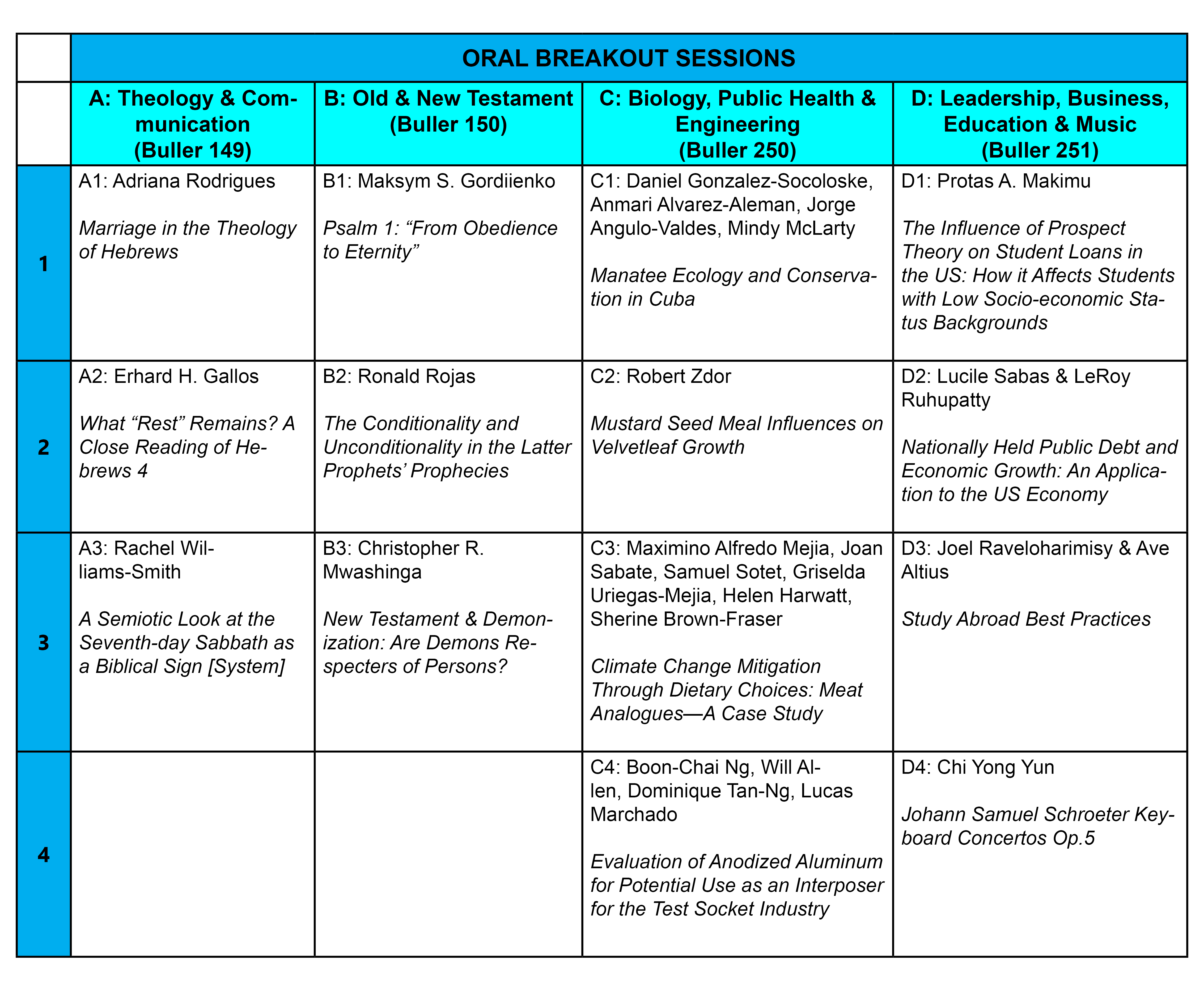
Oral Breakout Sessions
Presentation Title
C-3 Climate Change Mitigation Through Dietary Choices: Meat Analogues—A Case Study
Presenter Status
Associate Professor, Department of Public Health, Nutrition and Wellness
Second Presenter Status
Professor of Nutrition, School of Public Health
Third Presenter Status
Professor of Enviromental Health, School of Public Health
Fourth Presenter Status
Consultant
Fifth Presenter Status
Research Felllow, School of Public Health
Sixth Presenter Status
Chair and Associate Professor, Department of Public Health, Nutrition and Wellness
Preferred Session
Oral Session
Start Date
30-10-2015 3:30 PM
End Date
30-10-2015 3:45 PM
Presentation Abstract
Background: There is growing concern of climate change and the impact of diet on earth’s climate. The new Dietary Recommendations for Americans aim to address this environmental risk by calling the American public to consume diets that are healthy for them and the environment. Production of animal proteins, particularly beef, put a heavy toll on the environment. Thus, there is a need to find suitable proteins alternatives that are less demanding for the environment.
Purpose: The purpose of this study was to assess the greenhouse gas emissions (GHGEs) generated by meat analogs.
Methods: Life cycle assessment (LCA) was performed with SimaPro 8.0 to calculate the GHGEs generated in the production of meat analogs. In our calculations we chose one kg as functional unit; cradle to factory gate, as LCA boundaries; and TRACI 2.0, as the environmental impact method. Data inventories of each meat analog were provided by a leading manufacturer which contained the list and weight of ingredients, gas, electric, packaging materials, water use, transportation and storage.
Results: The GHGEs as carbon dioxide equivalents (CO2eq) per kg of production were: chops, 3.31; corn dogs, 3.21; gluten stakes, 3.29; meat balls, 2.77; and scallops, 2.76.
Conclusion: The GHGEs generated from meat analogs ranges from 2.77 to 3.39 kg CO2eq. This is about ten times lower when compared to beef products. Meat analogs are a viable alternative for consumers who intend to protect the environment through dietary choices.
C-3 Climate Change Mitigation Through Dietary Choices: Meat Analogues—A Case Study
Background: There is growing concern of climate change and the impact of diet on earth’s climate. The new Dietary Recommendations for Americans aim to address this environmental risk by calling the American public to consume diets that are healthy for them and the environment. Production of animal proteins, particularly beef, put a heavy toll on the environment. Thus, there is a need to find suitable proteins alternatives that are less demanding for the environment.
Purpose: The purpose of this study was to assess the greenhouse gas emissions (GHGEs) generated by meat analogs.
Methods: Life cycle assessment (LCA) was performed with SimaPro 8.0 to calculate the GHGEs generated in the production of meat analogs. In our calculations we chose one kg as functional unit; cradle to factory gate, as LCA boundaries; and TRACI 2.0, as the environmental impact method. Data inventories of each meat analog were provided by a leading manufacturer which contained the list and weight of ingredients, gas, electric, packaging materials, water use, transportation and storage.
Results: The GHGEs as carbon dioxide equivalents (CO2eq) per kg of production were: chops, 3.31; corn dogs, 3.21; gluten stakes, 3.29; meat balls, 2.77; and scallops, 2.76.
Conclusion: The GHGEs generated from meat analogs ranges from 2.77 to 3.39 kg CO2eq. This is about ten times lower when compared to beef products. Meat analogs are a viable alternative for consumers who intend to protect the environment through dietary choices.


